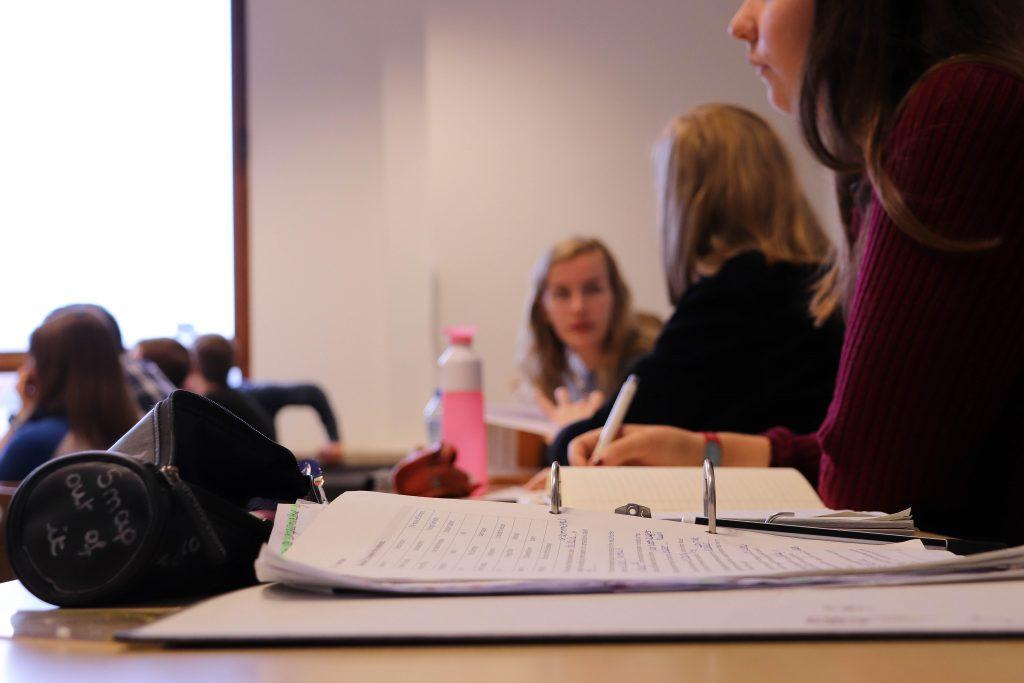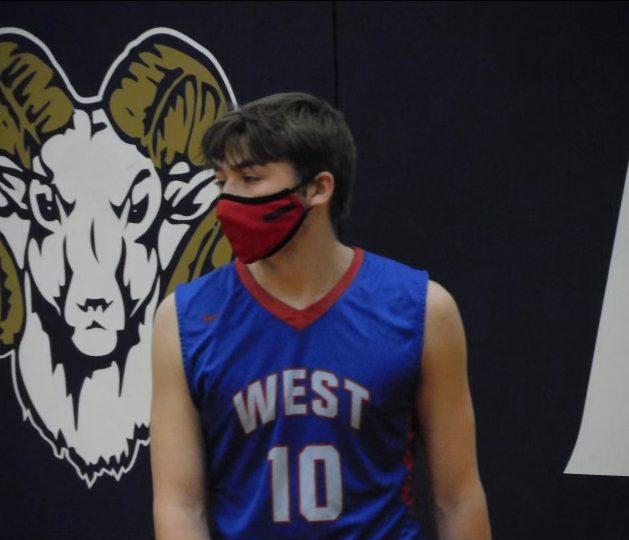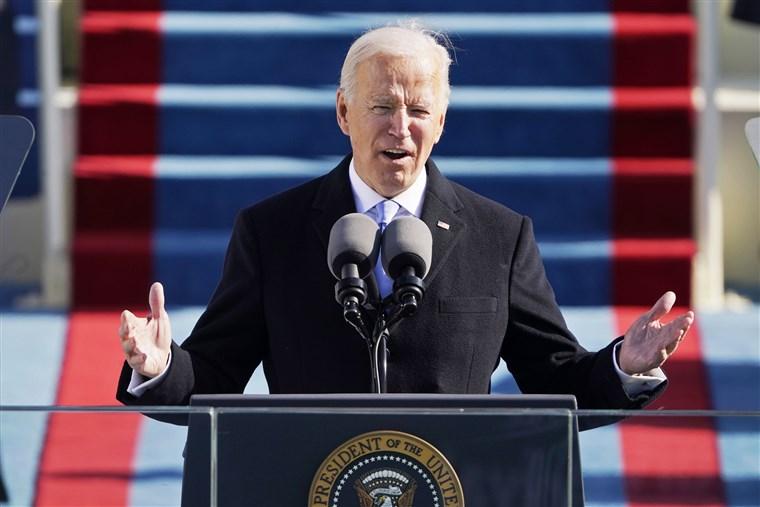After months of being quarantined because of the COVID-19 pandemic, many people are eager to get out and about, and rightfully so. Months of isolation will take a toll on anyone, myself included. This, combined with the fact that online school has proven to be a less efficient way for students to learn compared to physical attendance, has sparked an important debate across the nation: after summer break, do students return to school, or do we continue with online learning?
According to the North Carolina Department of Health and Human Services, as of June 24, there are 522 active cases of COVID-19 in Henderson County, with 178 new cases in June alone. As cases keep rising, the risk for infection grows more and more. Until the spread of the virus slows significantly to the point of negligible risk for students, returning to school will likely prove dangerous to the students attending.
Though many students are eager to get out and see their teachers and classmates once again, the risk of further spreading COVID-19 is too high. Even if cases were to decrease drastically from current levels, it would only take one infected student to create a school-wide outbreak. The risk of having students infected with COVID-19 puts not only everybody at West Henderson at risk, but their families as well. And while high school-aged students are statistically less likely to become gravely ill or to die from the virus, older teachers and the elderly in our families and communities are much more at risk if we were to pass the illness to them. Students should not have to go to school every day fearing for the safety of themselves, their peers, and their families. The mature choice would be to postpone school until experts are confident that reopening schools will have minimal risk of spreading the virus.
Though online learning may be a temporary solution, we will eventually need to return to school. The decision to do so should not be taken lightly, and any plan to reopen should include a contingency plan to return to online school in the event that cases of the virus spike as a result. Such a plan would allow for a quick and smooth transition back to online school in order to reduce the risk of spreading the disease.
As Darrin Peppard, Superintendent of West Grand Schools in Colorado, said, “In the end, it will be impossible to know if we overreacted or did too much, but it will be quite apparent if we underreacted or did too little.”
When considering the best course of action for our education, the health and safety of students, faculty, and our communities must be our first priority.
By: Sawyer Atwell, Feature Writer







